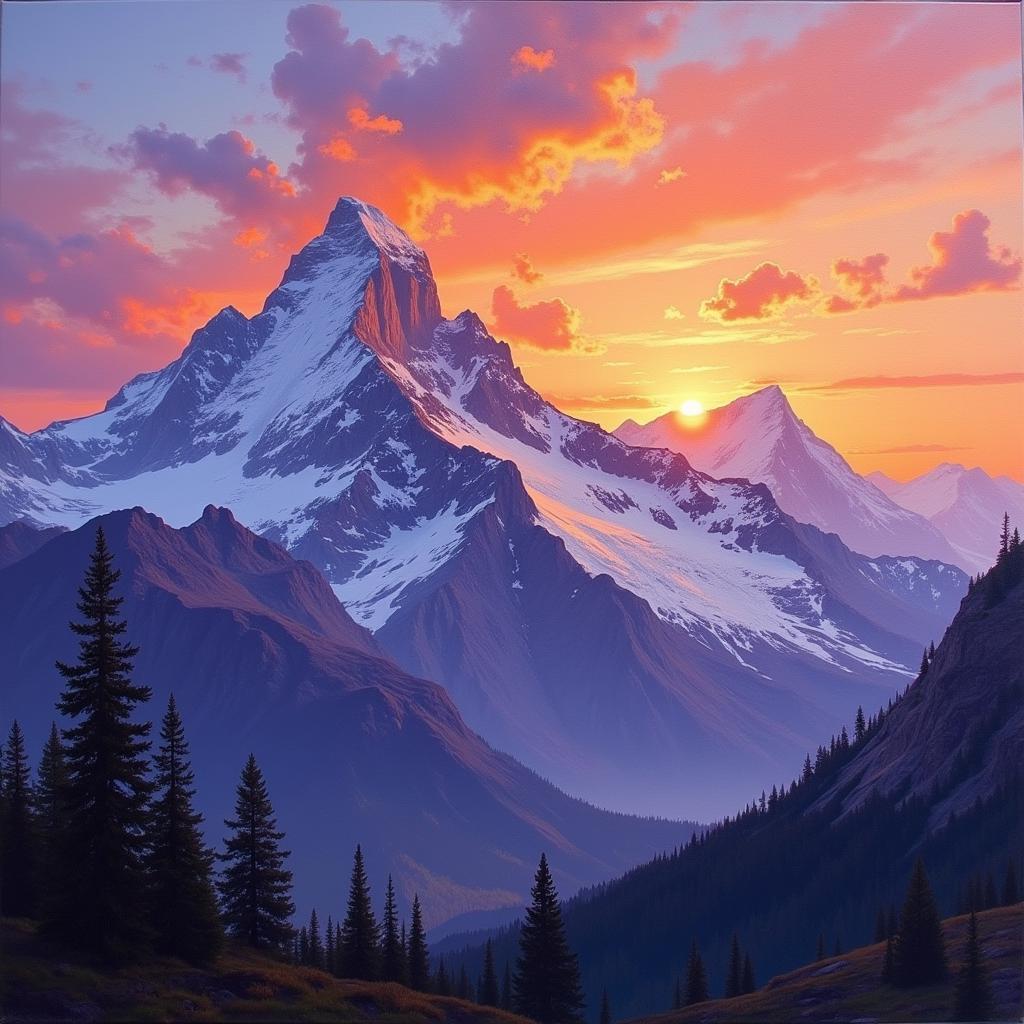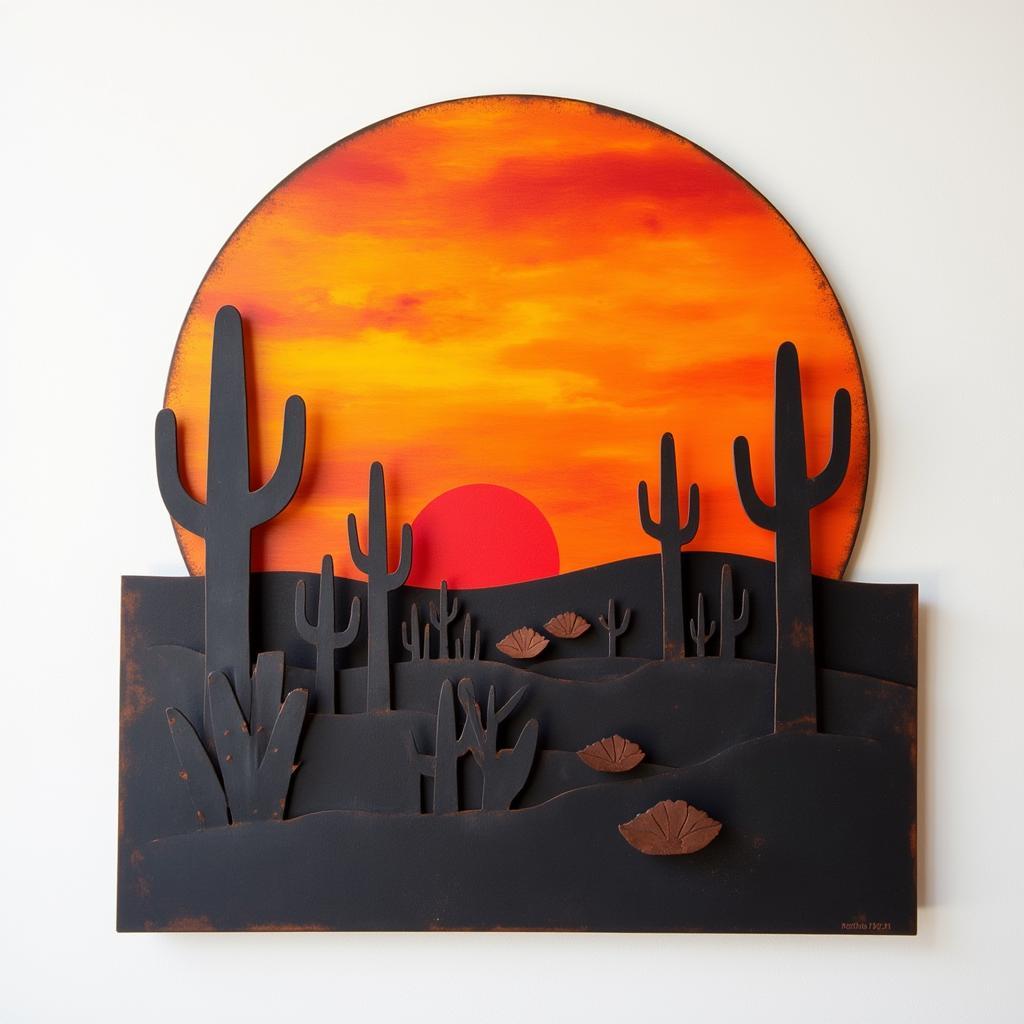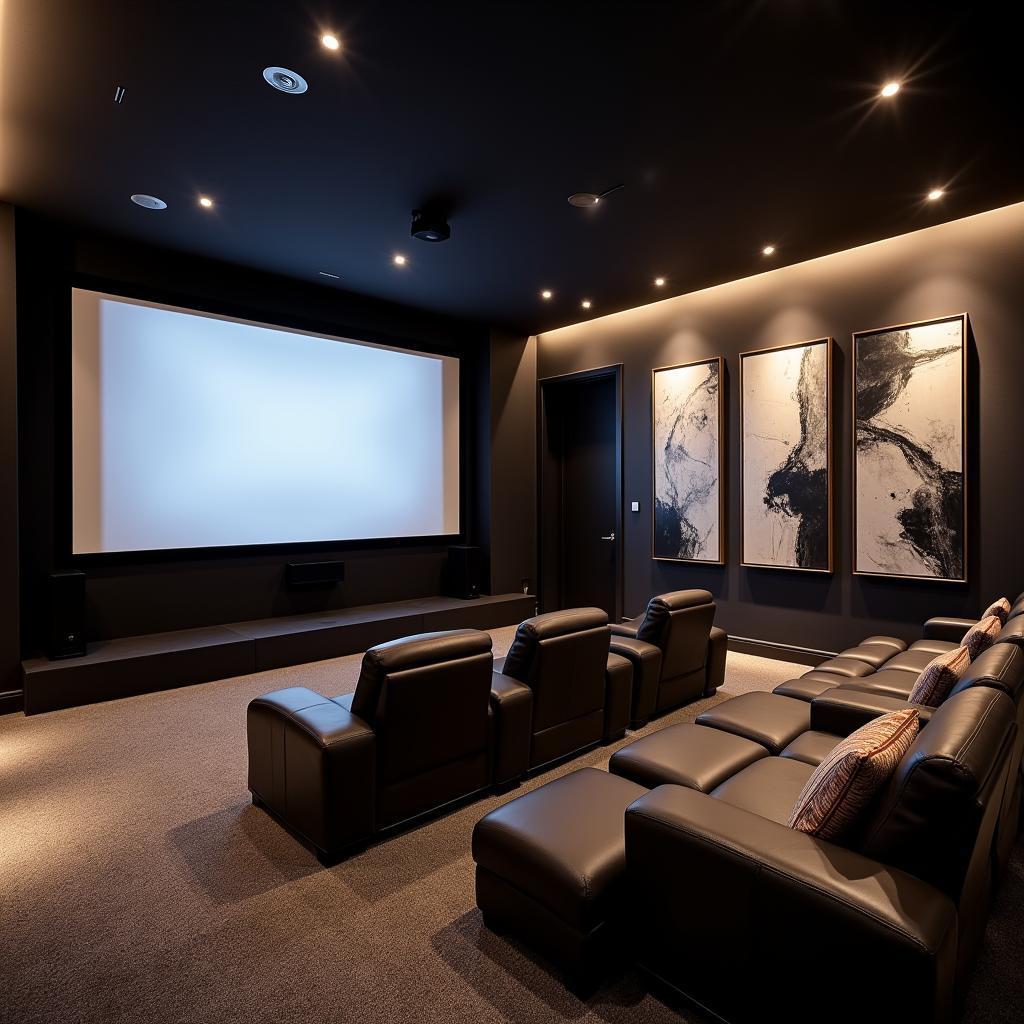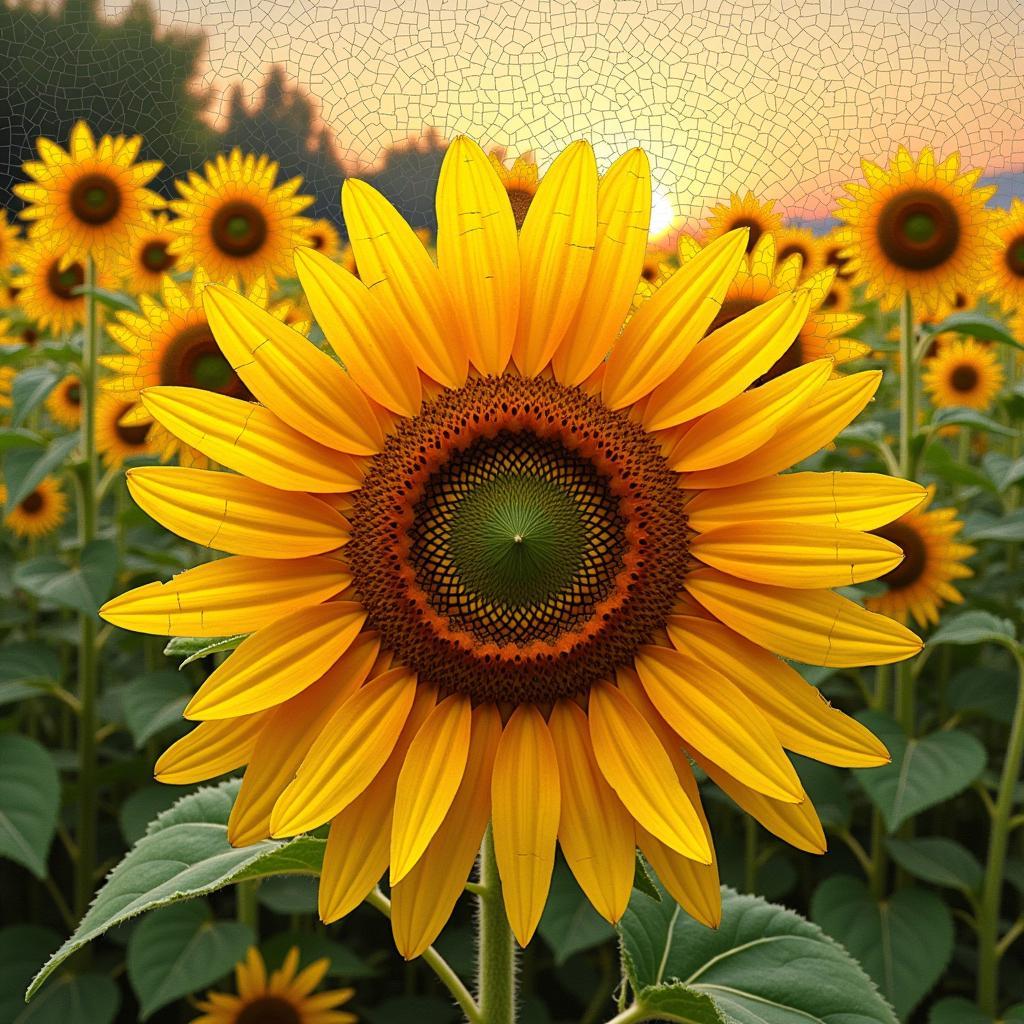The Art of Landscape: Capturing Nature’s Beauty
The Art Of Landscape has captivated artists for centuries, offering a unique canvas to depict the grandeur and serenity of the natural world. From sweeping vistas to intimate details, landscape artists skillfully utilize various techniques and mediums to evoke emotions and tell stories through their depictions of nature’s beauty.
 Oil painting of a majestic mountain range at sunset
Oil painting of a majestic mountain range at sunset
A Journey Through Time: Historical Evolution of Landscape Art
Landscape art has evolved significantly throughout history, reflecting changing artistic styles, cultural perspectives, and technological advancements. In ancient civilizations, landscapes often served as backdrops for religious or mythological narratives. For example, ancient Egyptian tomb paintings frequently featured stylized depictions of the Nile River and its surrounding vegetation, symbolizing life and rebirth.
During the Renaissance, landscape painting gained prominence as a distinct genre. Artists like Leonardo da Vinci and Albrecht Dürer meticulously studied perspective and atmospheric effects, creating realistic and detailed landscapes that highlighted the beauty of the natural world. The Romantic era in the 19th century saw a shift towards more emotional and subjective interpretations of nature. Artists like Caspar David Friedrich and J.M.W. Turner emphasized the sublime and awe-inspiring aspects of landscapes, often using dramatic lighting and compositions to evoke feelings of wonder and transcendence.
Elements of Landscape Art: Composition, Light, and Color
Creating compelling landscape art involves understanding and mastering key elements such as composition, light, and color:
- Composition: The arrangement of elements within a landscape painting is crucial for guiding the viewer’s eye and creating a sense of balance and harmony. Techniques like the rule of thirds, leading lines, and framing can enhance the visual impact of a landscape composition. For example, city skyline art often utilizes leading lines created by buildings and streets to draw the viewer’s gaze towards a focal point.
- Light: Light plays a vital role in landscape art, influencing the mood, atmosphere, and depth of a scene. Artists often manipulate light and shadow to create contrast, highlight textures, and evoke a specific time of day or weather condition. For instance, capturing the soft, diffused light of a cloudy day can create a serene and contemplative mood, while the warm, golden hues of sunset can evoke a sense of peace and tranquility.
- Color: The use of color in landscape art can be both descriptive and expressive. Artists use color to depict the natural world realistically, but also to convey emotions and personal interpretations. For example, vibrant, saturated colors might be used to express the joy and vitality of a spring day, while muted, earthy tones could evoke the melancholy of autumn.
Modern Landscapes: Exploring New Perspectives and Mediums
Contemporary landscape art continues to push boundaries, exploring new perspectives and embracing diverse mediums. From photography and digital art to installations and land art, artists are finding innovative ways to engage with the natural world and address contemporary concerns. Landscape print art , for example, allows artists to experiment with different printing techniques and materials, creating unique and evocative works that blur the lines between traditional and contemporary art forms.
Furthermore, many contemporary landscape artists are addressing environmental issues through their work, raising awareness about climate change, pollution, and the impact of human activity on the natural world. By depicting the beauty and fragility of our planet, these artists encourage viewers to reflect on their relationship with nature and consider the importance of conservation.
 Metal wall art depicting a minimalist desert landscape with cacti and a setting sun
Metal wall art depicting a minimalist desert landscape with cacti and a setting sun
Conclusion: The Enduring Allure of the Art of Landscape
The art of landscape holds an enduring allure, captivating viewers with its beauty, grandeur, and emotional resonance. From traditional oil paintings to contemporary installations, artists continue to find new and innovative ways to capture the essence of the natural world and inspire awe in those who experience their creations. By exploring the elements of composition, light, and color, and by embracing new perspectives and mediums, artists continue to push the boundaries of landscape art, reminding us of the profound impact that nature has on our lives.
FAQs
What is the purpose of landscape art?
Landscape art serves various purposes, including capturing the beauty of the natural world, evoking emotions, expressing personal interpretations of nature, and raising awareness about environmental issues.
What are some famous landscape artists?
Renowned landscape artists throughout history include Leonardo da Vinci, Claude Monet, Caspar David Friedrich, Georgia O’Keeffe, and Ansel Adams.
What are some different types of landscape art?
Landscape art encompasses various forms, including painting, drawing, photography, printmaking, sculpture, digital art, and land art.
How can I learn to appreciate landscape art?
Appreciating landscape art involves observing details, considering the artist’s use of elements like composition and color, and reflecting on the emotions and ideas the artwork evokes.
Where can I see landscape art?
You can find landscape art in museums, art galleries, online platforms, and even in outdoor installations and public spaces.
Need help with the art of landscape? Contact us at Phone Number: 02462573573, Email: danteum@gmail.com Or visit us at: Savico Megamall, 7-9 Đ. Nguyễn Văn Linh, Gia Thụy, Long Biên, Hà Nội 10000, Việt Nam. We have a 24/7 customer support team.



